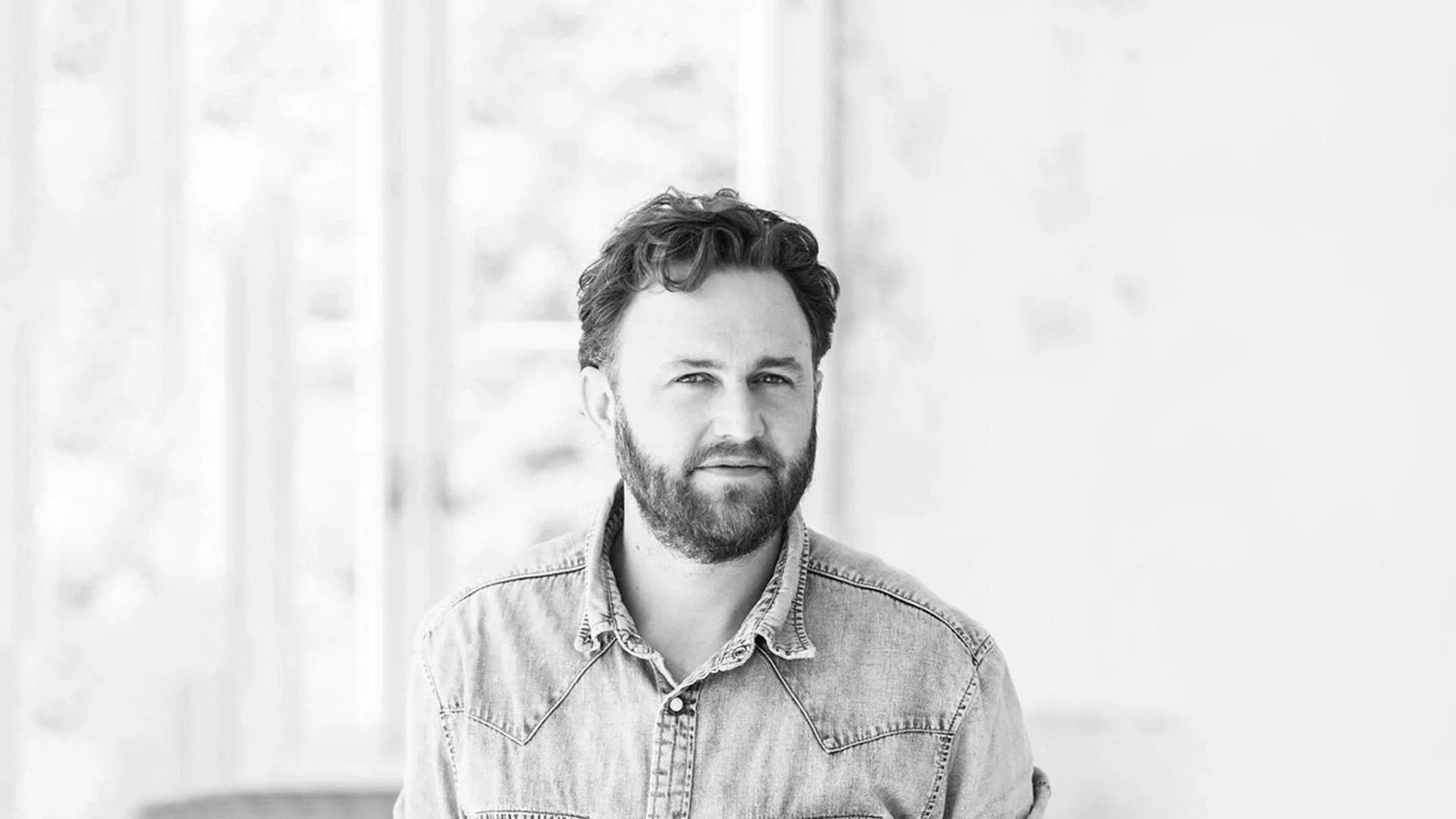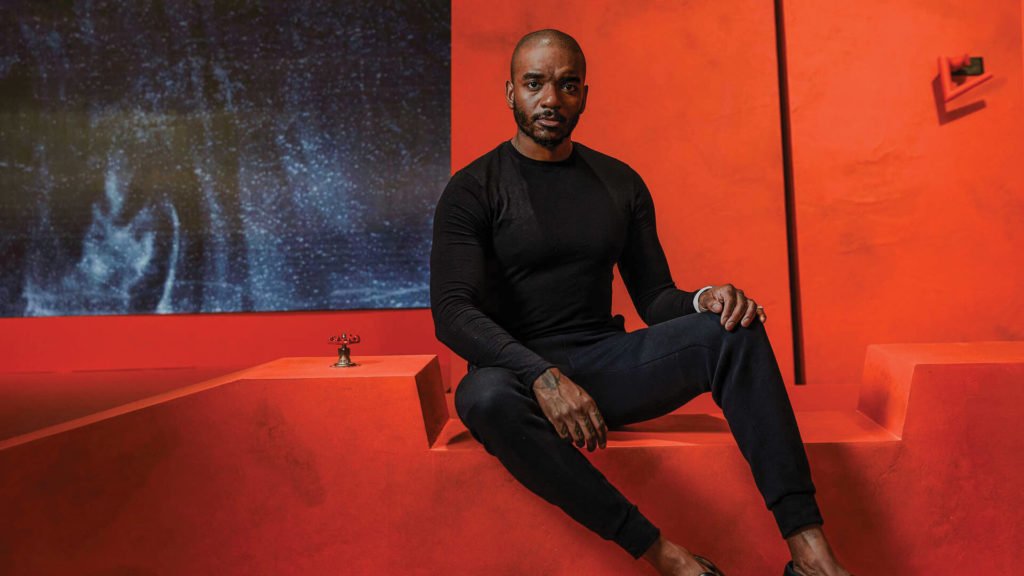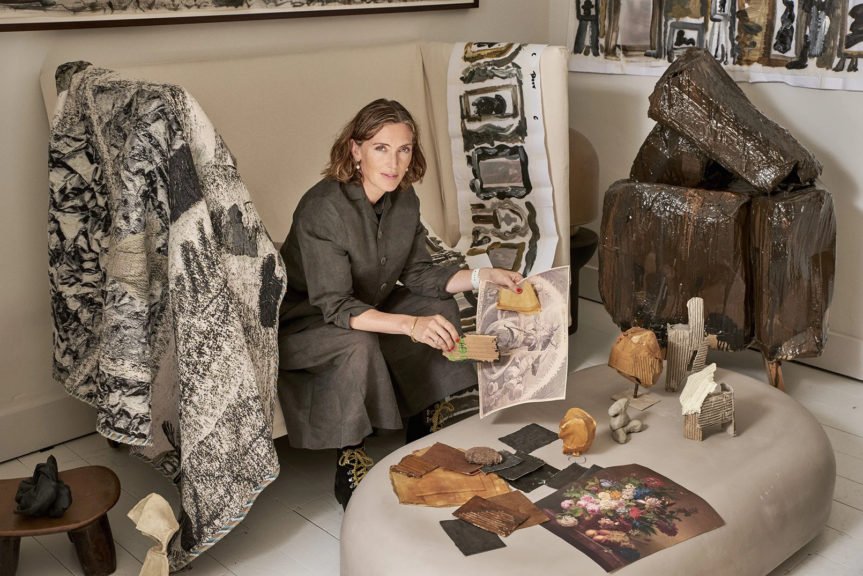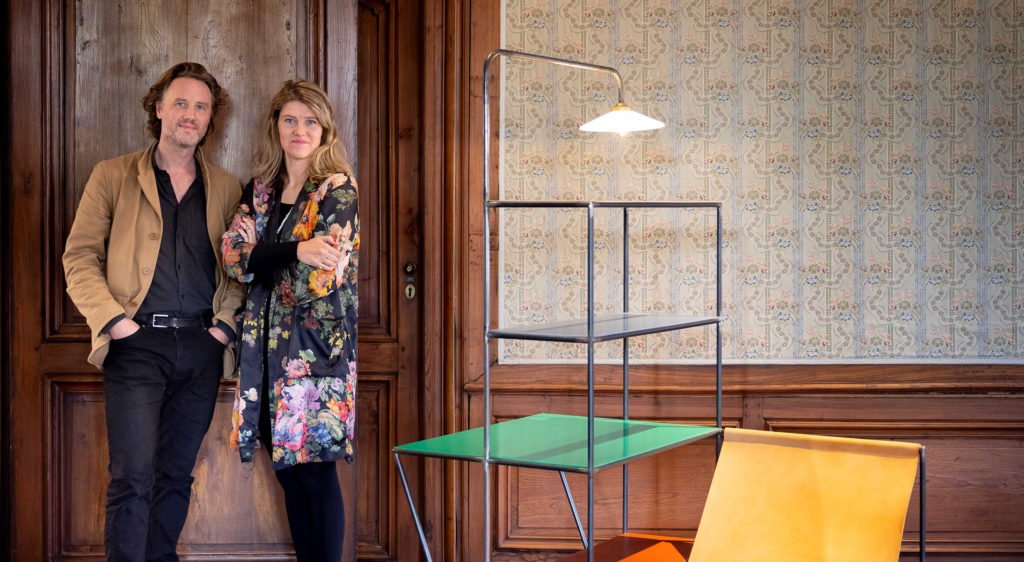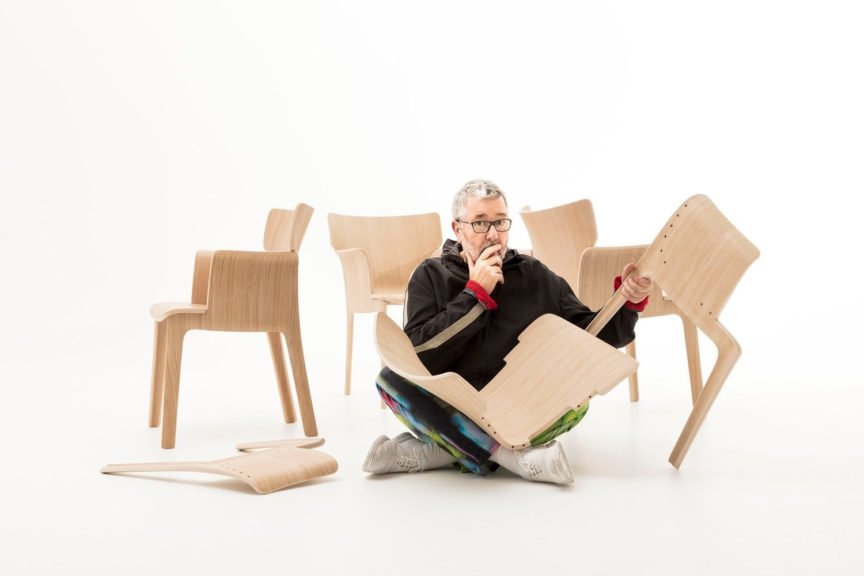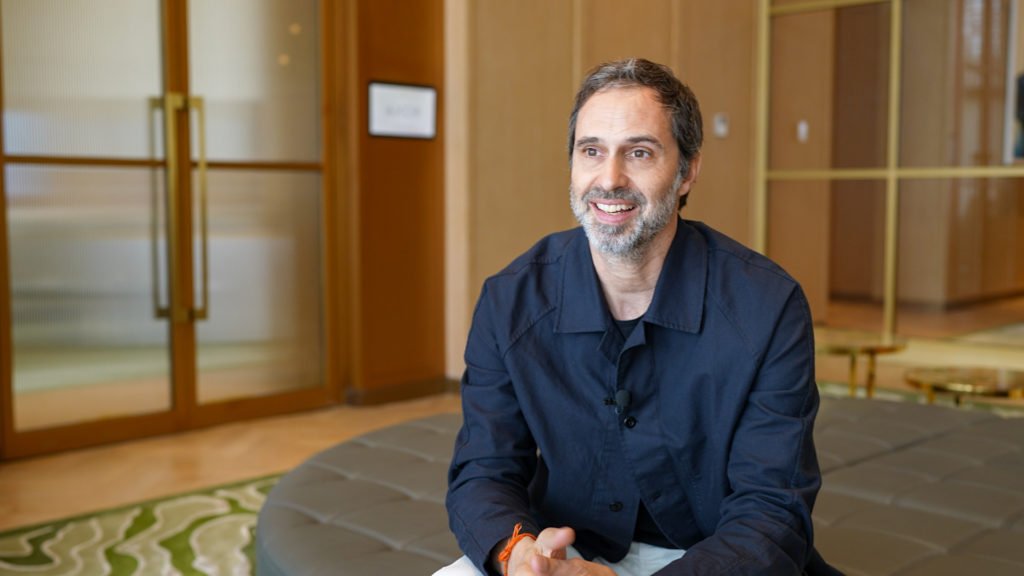In the world of sustainable design, Dirk van der Kooij shines as a beacon of innovation. His artistic prowess in 3D printing has resulted in a portfolio of furniture pieces that not only capture eyes but also tread lightly on the environment. His designs are now part of the collections in the Stedelijk Museum in Amsterdam, the MoMa in New York and San Francisco, the Vitra Design Museum in Weil am Rhein, the Design Museum in London and the Oslo National Museum.
At Maison&Objet last year, Dirk stood in a dark brown booth surrounded by a panoply of dynamic 3D printed furniture forged of reclaimed plastic and other synthetics. Dressed in an all-beige attire with calf-high socks, he greeted everyone with a smile and obliged to their curious questioning.
There, we saw an opportunity and we lunged to grab it. We spoke to the man himself – who was a 3D printer and a connoisseur of recycled plastic before it became popular. Here are some insights of the essence of Dirk’s work and other things we stumbled upon in conversation…
The Making of Dirk & his Dexterity
“I was not a meritorious student, but I was good at making things. My father called it manual intelligence”, Dirk remembers fondly, a lopsided grin gracing his face. “If I made a paper plane, it would fly good.”
Early on, Dirk understood that learning was personal to everybody – and for him, it was not linear. He had to fail a couple of times before he reached the pinnacle of knowledge. All these character traits innately evolved into a deep fascination with wood, which in turn sprouted a passion for design. In his candour, he revealed, “I always wanted to make furniture.”
“I was not a meritorious student, but I was good at making things. My father called it manual intelligence.”
– Dirk van der Kooij
Unsurprisingly, his journey began with an education in wooden furniture in Amsterdam. He is also an alumnus of Design Academy in Eindhoven (the city of genesis for world-leading lighting manufacturer, Philips). But, the diminishing sustainability of traditional wood materials led him to seek an alternative. He refused to succumb to a lifetime of working with MDF and contributing to waste.
His quest was about creating beautiful furniture, just without the accompanying environmental guilt. Consequently, a very eager and restless Dirk began tinkering – in the basement of the Design Academy, no less!
Giving Plastic a Makeover
As Dirk ventured into the world of sustainable design, he discovered recycled plastic. While this material had its merits, it lacked the organic texture and uniqueness of wood. The prevailing issue with traditional plastic manufacturing was the generation of identical, characterless results. “What texture makes plastic’s imitable? There was none”, he explains his then-conundrum.
To overhaul plastic, Dirk embarked on an unexplored path. The solution he arrived at was nothing short of ingenious: baking recycled plastic sheets, letting them cool in the open air, and allowing them to naturally wrinkle. It would develop a texture akin to an elephant’s wrinkled hide. “Everytime I did it, the texture was unique and had a character that set it apart”, he says, his eyes glittering with fascination, almost as if he was narrating the tale for the very first-time.
“Once they [machine salespersons] took offence to my requirements and told me how impossible it was to cater to them. He even hung up on me…that was a scary moment.”
– Dirk van der Kooij
Speaking of first times, when Dirk initially tried to combine the worlds of 3D printing and his very own ‘elephant skin’, it was far from a breeze. “Given the thick lines of this reformed plastic [elephant skin], there were certain limitations in processing it”, he reveals.
If you’ve read up until now, you know Dirk isn’t one to quit. So, he continued to look for machine manufacturers who provide him equipment that would yield the results he desired. “Once they [machine salespersons] took offence to my requirements and told me how impossible it was to cater to them. He even hung up on me”, he reminisces.
Here, Dirk’s humility shines. He confides, “…that was a scary moment. It sowed the seed of self-doubt in me.”Nevertheless, he then took matters into his own hands. He custom-made the machines and 3D printers by himself.
At the end of it, Dirk had invented more than machines. He had forged a definition for the new-age of bespoke: one that might not be built by hand, but has a hands-on, creative process.
3D Printing X Longevity = A Guilt-Free Conscious?
Dirk’s journey extended further into the realm of 3D printing. He envisioned his furniture pieces revealing their internal structure, akin to the veins in wood. This ambitious goal led him to use the ‘elephant skin’ thick lines, making the manufacturing process visible to the customer. The emphasis on revealing the tangible connection to a product’s creation became a cornerstone of his work, ensuring that each piece told a unique story of its genesis.
Sustainability in design circles often sparks the debate about what truly matters: the choice of materials or the longevity of a product. Dirk champions both as vital components of sustainability. He acknowledges the challenges and guilt associated with shipping products worldwide but remains resolute in his dedication to using recycled plastic and crafting durable pieces that can last for generations. As he eloquently puts it, “I just try to be as less damaging as possible by using recycled plastics, and then make them durable forever.”
Top: Chubby Chair; Dirk van der Kooij with Endless Chair and 3D Printing Robot
Bottom: Dirk van der Kooij with equipment; Fresnel Light
“I just try to be as less damaging as possible by using recycled plastics, and then make them durable forever.”
– Dirk van der Kooij
The conscious selection of materials is pivotal in Dirk’s sustainable design philosophy. Although his journey began with a more relaxed approach to material choices, he transitioned towards a stringent process focused on ensuring uniform quality in the materials employed. In his vision for the future, he proposes the allocation of specific plastics for distinct purposes, with one type exclusively designated for packaging. This foresight not only streamlines the recycling and upcycling processes but also reinforces his unwavering commitment to ethical material sourcing.
Unlike most of his contemporaries, Dirk makes use of both post-consumer and post-industrial plastic, instead of only the latter. What is most pertinent about his approach is that Dirk does not advocate for the continual manufacturing of plastic, instead he aims to exemplify how existing synthetic waste can be put to use.
Topping Dirk’s List: The Mono Chair
As we conclude our enlightening conversation with Dirk, he warmly shares his favourite creation: the “Mono Chair.” The piece stands as a testament to his dedication to mono-material design. The “Mono Chair” transcends convention, crafted from a single material, aluminium, and embodies a pure, recyclable, and monolithic quality that Dirk finds particularly appealing. With its minimalistic yet captivating design, it symbolises a sustainable future where simplicity and eco-friendliness converge seamlessly.

